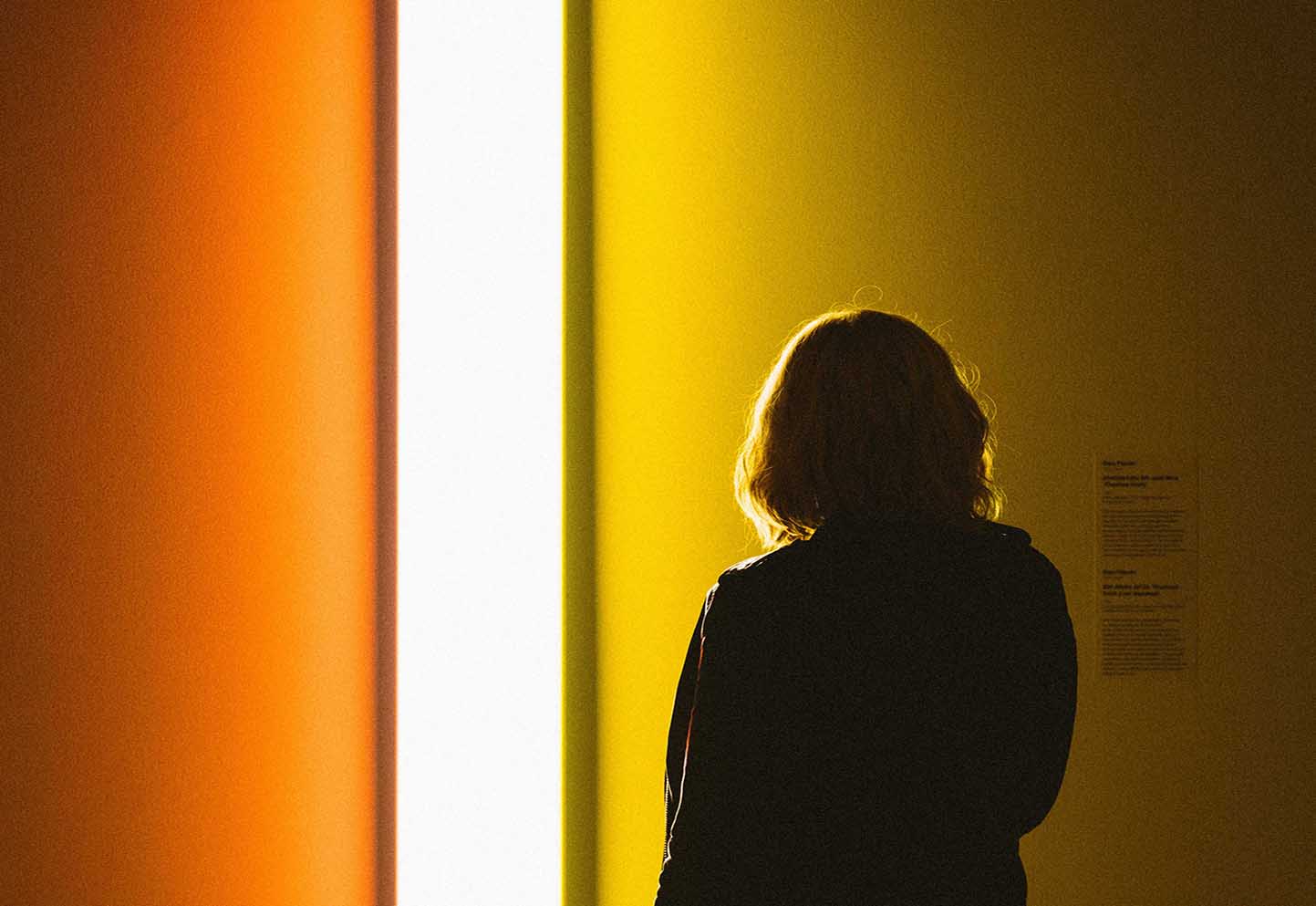What You Need to Know
A new 2025 study explores how different color combinations affect real users and reveals what works best for inclusive design.
The research tested twelve web color schemes across people with deuteranopia, protanopia, and tritanopia, showing that blue-based triadic palettes provide the most balanced mix of clarity, comfort, and visual appeal. Red–green combinations, on the other hand, remain the biggest accessibility pitfall. The authors argue that accessibility should not stop at contrast ratios and compliance checks. It should begin with how people truly perceive and emotionally respond to color.
Why the Study Matters
Even though accessibility standards have existed for years, designers still tend to rely on automated contrast checkers and hope the results are enough. This research set out to go deeper, testing how color actually functions in practice.
The team built a working prototype of a healthcare website and applied twelve different color palettes to it. Each palette centered around one main hue—red, green, or blue—and followed a different color harmony principle: analog, monochromatic, triadic, or complementary. Eighteen participants with diagnosed color vision deficiencies were then asked to interact with the designs and assess readability, comfort, and aesthetic balance.
To ground their findings in measurable data, the researchers analyzed each combination using Weber contrast and the CIELab ΔE model, which quantifies the perceptual distance between colors. They also simulated each form of color blindness using professional tools like Colour Oracle and Coblis, ensuring the results reflected real visual experiences rather than theoretical assumptions.
What They Discovered
The results paint a clear picture of how color perception varies but also point to universal truths. Blue consistently proved to be the most readable and comfortable hue across all types of color blindness. Whether users had difficulty distinguishing reds or greens, blue remained stable, legible, and aesthetically balanced.
Triadic color schemes, which combine three evenly spaced colors on the spectrum, performed the best overall. They offered enough contrast to separate elements while preserving visual harmony. Analog schemes, built from neighboring colors such as orange and red, often blurred together and reduced readability. Complementary schemes, especially red and green, caused the most confusion, with many participants struggling to distinguish between interactive and static elements.
Interestingly, the research also challenged the assumption that more contrast always equals better design. Extremely high contrast ratios, while technically compliant, often created glare and visual fatigue. The most comfortable viewing range occurred within moderate contrast levels, where Weber ratios stayed between 0.4 and 0.8 and color differences reached a ΔE of at least 40. Those ranges allowed for enough clarity without overwhelming the eye.
The study also revealed that different types of color blindness react differently to specific palettes. Tritanopic users, who have difficulty distinguishing blue and yellow, experienced different limitations than deuteranopic or protanopic participants, who struggle with red–green distinctions. This diversity highlights the need for designers to test across multiple forms of color deficiency rather than relying on a single accessibility setting.
The Human Side of Color
Beyond the numbers, the study exposed an emotional and psychological layer to accessibility. Participants consistently preferred designs that felt calm and balanced rather than those that simply achieved maximum contrast. High-contrast designs, while meeting technical standards, often appeared harsh or visually aggressive.
Blue triadic palettes stood out not only for their readability but also for their aesthetic appeal. They were rated as the most pleasant and least fatiguing across all groups, showing that beauty and accessibility can work hand in hand. The authors emphasize that good design is not a trade-off between clarity and creativity; it is the point where both meet.
Another important conclusion is that color should never be the sole carrier of meaning. Buttons, alerts, and links must include other cues such as icons, text labels, or changes in shape or texture. These cues ensure that meaning is communicated even when color perception varies. In other words, color should enhance understanding, not define it.
What It Means for Designers and Developers
For designers and developers, the study offers a new perspective on how to approach accessibility. It calls for a shift from compliance-based testing to perception-based design. Testing color palettes in simulators before implementation should become as standard as testing layouts on different screen sizes. Measuring perceptual contrast using ΔE and Weber ratios can help identify issues early, long before they reach users.
Blue-based and triadic palettes provide a reliable foundation for inclusive design systems. Red–green or blue–yellow pairings, meanwhile, should be used with caution unless there is a clear difference in brightness or texture. Interactive elements like hover or active states should always be reviewed under simulated color-blind conditions to ensure visibility and usability.
For developers, these insights can be integrated directly into design systems or automated testing workflows. Accessibility thresholds based on perceptual metrics, not just color codes, can be embedded into build processes, ensuring visual inclusivity from the start rather than as an afterthought.
Designing for Every Eye
The deeper message behind this study is that color accessibility is about people, not parameters. Understanding how color blindness shapes the way users see and feel the web turns accessibility from a technical requirement into an act of empathy.
When designers understand the full spectrum of perception, they create experiences that are not only functional but genuinely welcoming. To put these insights into action, explore Vibra Color Palette Generator for building balanced, inclusive color sets, and Vibra Contrast Checker to ensure every color choice works for every eye.
Designing for every eye isn’t about limiting creativity. It’s about expanding it — ensuring that the beauty you create can be seen, understood, and appreciated by everyone.

